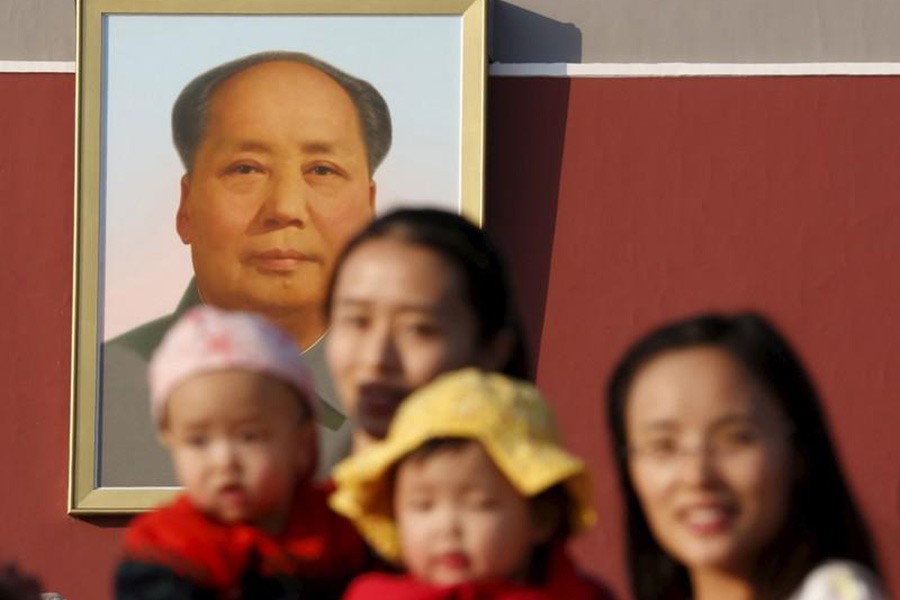Fewer Chinese babies are really an old story. The country's birth rate fell below 11 for every 1,000 people last year, the lowest level since the People's Republic started in 1949. It's a reminder of how pressing it is to redesign a weak pension system.
Demographic data released on Monday reinforce China's ageing problem. The country's working-age population - between 16 and 59 - slipped to just over 64 per cent. Those older than 65, by contrast, inched up to about 12 per cent. Researchers at the Chinese Academy of Social Sciences also predicted earlier this month that the population would peak at 1.44 billion in 2029, and then drop to around 1.36 billion by 2050. That might involve workforce shrinkage of some 200 million people.
Such rapid changes would strain any retirement funding scheme, but China's is especially vulnerable. Pension assets amounted to just 14 per cent of gross domestic product (GDP) in 2015, compared to 121 per cent in the United States, according to KPMG. It's also prone to miserly gains: the accountancy reckoned in 2017 that the single largest pot of such money earned a paltry 2.5 per cent average annual return between 2012 and 2016.
One issue is that while most countries administer a central system at the national level, China's involves a complex blend of provincial and national bureaucracies. That can lead to huge disparities in funding, especially in the poorer northeastern rust belt provinces, as well as tricky politics over control of such assets. A closed capital system also limits investment options.
To its credit, Beijing has tried to make improvements. Officials unveiled plans last year, for example, to put the more powerful tax authority in charge of collecting social security levies, clamping down on rampant evasion.
More assets are also effectively being handed over to the national social security fund, a roughly 2.0 trillion yuan (about $300 billion) pool overseen by the reform-minded ex-Finance Minister Lou Jiwei. That's an inspired move, because it involves transferring shares of state-owned enterprises. These are starts, but the latest birth-rate figures make clear that when it comes to financing China's elderly population will require more than just baby steps.
—Reuters Breakingviews


